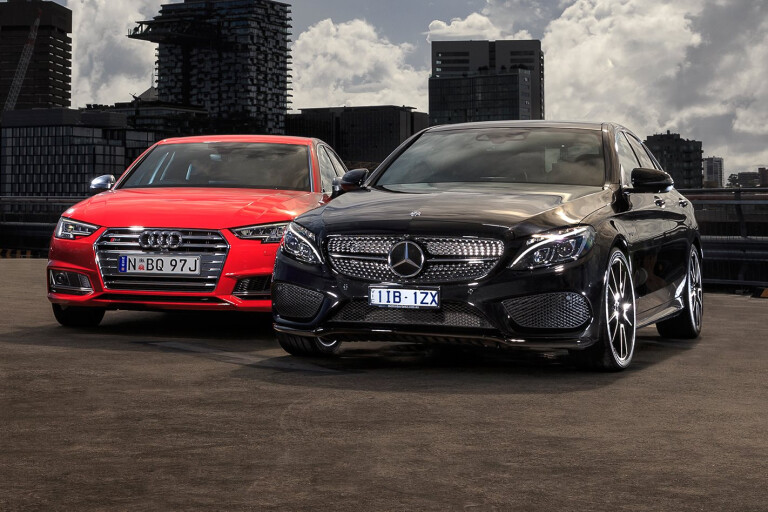Hyundai Ioniq 5 Reviews | Overview

Do not make the oversight of wondering the Ioniq five bears any relation to the current Ioniq small hatch which is been on sale due to the fact 2018. Inspite of the similar nomenclature, they are brothers in title only.
And for the Ioniq five, which is a great matter. Its platform is entirely distinctive, in truth, it’s the initial of its form to strike the marketplace, and 240 fortunate Australians have managed to get their palms on a single a mere eight months after the Ioniq five was unveiled in whole. As far as journeys to the showroom go, the Ioniq five has arrived remarkably quickly.
For Hyundai, it’s a harbinger of points to appear. The Ioniq nameplate no extended signifies a model line, but a relatives of vehicles – all electric, and all sporting the most futuristic interpretation of Hyundai style and design both equally inside and out. That all-new platform we outlined right before (dubbed E-GMP) is critical to separating the Ioniq five and the incoming Ioniq six (a big sedan) and Ioniq seven (a 3-row relatives SUV) from backyard-wide range Hyundais, as it liberates people automobiles from “the outdated way of carrying out things”.
So, if the Ioniq five is consequently divorced from the “old way”, then what is “the new way”? It is purely electric, for starters, and contrary to the current Ioniq hatch there will never ever be a combustion engine identified in the Ioniq five. In Australia, there are handful of choices – two models are obtainable, a single rear-wheel drive (RWD) and a single all-wheel drive (AWD), with both equally employing the same 72.6kWh Lithium-ion polymer battery.
In Europe a 58kWh battery is obtainable for both equally drivetrain configurations with reduce functionality and variety, while US-spec Ioniq 5s will be offered exclusively with a 77.4kWh battery pack. Neither are on the playing cards for Australia just yet, nonetheless Hyundai Motor Business Australia (HMCA) has pledged to monitor consumer demand for lesser (and consequently cheaper) batteries and reply if required. For the time remaining even though, the variety construction is small.
And that extends to specification, even though with all Australian-marketplace Ioniq 5s remaining made available in a one quite very-specified grade, which is no poor matter for the consumer. Completely loaded, every Ioniq five arrives with a enormous stage of comfort and ease and ease technological know-how as standard, building the Ioniq five encounter about a ton extra than just all-electric motoring. For Hyundai, this vehicle is the reducing edge – at least until eventually the upcoming-generation Nexo fuel-cell vehicle (FCEV) breaks go over.
Staying at the pointy finish of technological know-how does appear at a price. The opening check with is $71,900 for the “base” rear-wheel drive Ioniq five variant, while the AWD derivative arrives in at $75,900 – a respectable quality thinking about that extra $4000 shell out nets you a ability enhance from 160kW to 225kW, a torque jump from 350Nm to 605Nm, and a -100km/h dash time of five.2 seconds rather than the RWD’s seven.4 seconds.
Dear, but crucially it manages to in good shape under the Luxury Car Tax (LCT) threshold of $79,659 for low-emission vehicles.
But the question most will have is what does the Ioniq five do differently from Hyundai’s prior battery-electrics, the Ioniq Electric powered and Kona Electric powered? A pertinent question, in particular thinking about the Kona Electric powered Highlander is almost $8000 cheaper than the Ioniq five 2WD, but it turns out Hyundai’s most recent electric arrival is a quite diverse animal.








